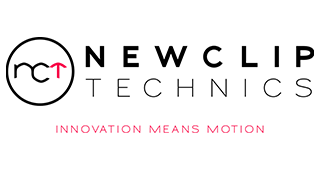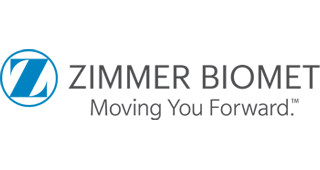 |
|
Sign in to view your progression
|
Thursday, 29 June
08:00-08:15 Welcome and Introduction (M. Hantes & R. Brzoska)
08:15-08:30 Arthroscopic Bankart repair for Anterior Shoulder Instability. Tips and Tricks (V. Jermolajevas)
08:30-08:45 BLS plus Remmplissage Procedure for Anterior Shoulder Instability (R. Brzoska)
08:45-09:00 Tenodesis or SLAP repair in Biceps Lesions? When and how (G. Milano)
09:00-09:15 Arthroscopic Management of Posterior Shoulder Instabilty (M. Hantes)
09:15-09:30 Diagnosis and Management of Multidirectional Shoulder Instability (M. Karahan)
09:30-09:45 Discussion
09:45-11:45 First Lab Session: Anterior Instability and SLAP lesions (R. Brzoska)
11:45-12:15 Lunch
12:15-12:30 Identification and Repair of Subscapularis Tears (G. Milano)
12:30-12:45 Partial Rotator Cuff Tears. What to do? In Situ Repair or Complete the Tear and Repair? (N. Gomes)
12:45-13:00 Single or Double Row for Full Thickness Rotator Cuff Tears? (M. Hantes)
13:00-13:15 The Role of Latisimus Dorsi Transfer in Massive Rotator Cuff Tears (V. Jermolajevas)
13:15-13:30 Management of Failed Rotator Cuff Repair (J. Barth)
13:30-14:00 Discussion
14:00-16:30 Second Lab session: Subacromial Decompression, AC Joint Resection and Rotator Cuff Repair (G. Milano)
Friday, 30 June
08:00-08:15 Arthroscopic Release of the Stiff Shoulder (J. Barth)
08:15-08:30 Management of Bone Defects in Anterior Shoulder Instability - The Latarjet Procedure (R. Brzoska)
08:30-08:45 Management of AC Joint Dislocations (N. Gomes)
08:45-09:00 Discussion
09:00-11:30 Third Lab Session: Mini-Open Latarjet and AC Joint Reconstruction (V. Jermolajevas)
11:30-11:40 Closure and Meeting Evaluation (M. Hantes)
11:40-12:25 Lunch
The aim of ESSKA surgical skill courses is to give the opportunity to young surgeons to improve their surgical skills in shoulder arthroscopy. The main learning objectives of the course will be:
- 1. Understanding most frequent pathologies of shoulder
- 2. Learning OR set-up and management of arthroscopic equipment, focusing on patients positioning and portals location
- 3. Learning how to evaluate a patient with shoulder instability
- 4. Understanding the rationale and risks of soft tissue, Latarjet repair, and other bony procedures for shoulder instability
- 5. Learning how to evaluate a patient with rotator cuff disease and surgical decision making in patients with rotator cuff tear
- 6. Explain the limitations of surgical cuff repair and surgical alternatives to tendon repair
|
Registration form
|
|
|
Pre-course reading materials
|
|
|
Pre-course visual materials
|
|
|
Pre-course assessment questionnaire
|
|
|
Course lectures
|
|
|
Post-course assessment questionnaire
|
|
|
Follow-up evaluation form
|
|






